Greetings, book people!
A few weeks ago, I bought myself a bag of oranges. Every few days, I’ve been squeezing one or two and enjoying a glass of orange juice before breakfast. I love the ritual of it: squeezing the oranges, pouring the juice into a glass, holding it up to the light to admire the color, drinking it slowly to savor every sip. I mention this because it is a small thing that has brought me immense joy. It’s important to remember those.
Moving on: thank you so much to everyone who shared the last two newsletters! There were quite a few of you, and I appreciate it so much. I’d love to enter all of you in the giveaway, but, sadly, I have no way of knowing who you are! I can see that a newsletter was shared, but not who shared it. If you shared it, and want to participate in the giveaway, please let me know (you can just hit reply) by this Friday. That’s when I’ll be drawing the winners (and winners will receive an email from me then).
Now that we’ve discussed orange juice and giveaways, let’s talk about books! When I started this newsletter, my intention was to include three books each week from different genres. I’ve done my best, but you may have noticed I’ve been leaning heavily toward contemporary queer fiction. What can I say? Fiction about ordinary queer life is all I want to read right now. Family messes, romantic messes, parenting messes. Work, friendship, grief, loneliness, joy, food, art. All the ordinary stuff, queered.
That said, this week’s books are all different from each other! High-Risk Homosexual is a memoir about ordinary queer life. Fair Play is a novel about ordinary queer life—but it was written in the 1980s. The Other Mother is the queer family book of my dreams.
The Books
Backlist: Fair Play by Tove Jansson, translated by Thomas Teal (Fiction, 1989)
This is one of the quietest, softest, most ordinary books I’ve read in a long time. Very little happens, so if you come into it expecting plot, you’re going to be disappointed. It’s not an action-centered book. It’s a series of moments, a lovely, funny, thoughtful record of the daily ins and outs of a longterm partnership.
Mari and Jonna live at opposite ends of a large apartment building in Helsinki. Their homes are connected by an attic passageway. Mari is a writer and Jonna an artist. They’ve been together for decades, and they spend most of their time making art and talking about it. They watch horror films and discuss them. They help each other through creative malaise. They get into little tiffs. They eat dinner, entertain guests, take a long trip through the American Southwest, spend a summer at their cottage on a remote island.
First of all, can I take a moment to celebrate this ideal living situation Mari and Jonna have? When was the last time you read a book about two people in a romantic relationship who live in separate apartments? I love that Jansson doesn’t make a big about it. She doesn’t justify it by explaining it. It’s obvious how much Mari and Jonna love each other. It’s obvious they’ve been partners for decades. It’s obvious that this is how they want to live: sometimes they share space, and sometimes they need to be alone. They’re constantly coming in and out of each other’s apartments unannounced, and they seem to each feel some ownership over the other’s space. They cook in each other’s kitchens, fall asleep on each other’s couches, host visitors in each other’s living rooms. But they also each have a place to retreat to. As someone who’s not especially interested in traditional living arrangements, I found this a balm to read.
I was also struck by how quiet the queerness is here. Jonna and Mari are clearly a couple. They talk about their courtship, and often reminisce about their early days together. They’re attuned to each other in a way that is distinctly romantic. Their deep understanding of each other, and their love for each other, comes through in the details: their little jokes, their affectionate bickering, their ability to predict how the other might react to person or situation, their shared history, their interest in each other’s work, art, opinions. Jansson doesn’t have to spell it out, and their queerness is never challenged or ridiculed by their friends and families. It is never the source of any strife. Once again: a balm.
Mostly, though, this is a book about the space between two women and how that space brings them closer together. It’s about being alone while also being connected. It’s a lovely ode to independence and interdependence and the particular geographies of one relationship. And it’s about the small beauties of life: the pleasures of making art, fog on a summer morning, a well-written letter, a good breakfast, a deliciously bad horror movie, paintings arranged just so on a wall.
Frontlist: High-Risk Homosexual by Edgar Gomez (Memoir)
In a mini review of this memoir, Lupita of Lupita Reads (whose newsletter is amazing!) writes:
This just made me want to tell any queer person I encounter or know that they must write their story or at least write it for me. Because there really is so much community building that happens within a person when they are able to share their story with others in their community.
This is exactly how I felt while reading this memoir. It reminded me how much power there is in queer people telling their own stories. Of course I’m going to love some queer memoirs more than others. Of course there are some queer memoirs that won’t quite work for me. But I want them all in the world, even the ones that aren’t for me, because they’ll be for someone else. The more stories we have, the better.
In High-Risk Homosexual, Edgar Gomez shares their ordinary queer coming-of-age. By ordinary, I mean that he writes about the stuff his life: the small details, the big heartbreaks, the fear and pain and confusion of discovering queerness and embracing femininity in a world that devalues both. The joy of self-expression. The places that have shaped him. Money, family, race, drag. Growing up as a queer Latinx kid in Florida, spending time with their uncle in Nicaragua, his first forays into dating and sex, finding queer community through performance, the Pulse shooting. None of this is ordinary, and all of this is ordinary.
I especially loved all the ways Gomez explores masculinity. The book opens with an essay about watching cockfights with his uncle in Nicaragua, and the rigid masculinity he experienced there. He interrogates the idea of machismo, and writes about the ways that race, gender, and sexuality shape the way we think about what it means to be a man—or not. They write eloquently about the violence of toxic masculinity and femmephobia, and how difficult it can be to wade out of those waters into self-love.
But there’s joy and exuberance in abundance, too. In an essay about performing with a queer burlesque performance group, Gomez writes about embracing his femme glory, and the freedom that comes with letting others see you as you are. This feeling of belonging reverberates through the whole book. Gomez reflects on struggling to find a place to belong, on balancing cultural and sexual and gender identities, on the loneliness of feeling like you’re the only one. But she always swings around to what happens on the other side: finding your people, finding your place.
The book is also steeped in queer spaces, particularly several gay clubs and bars in Orlando, including Pulse. The essay on the Pulse shooting and its aftermath is heartbreaking, and hits especially hard, because Gomez is so open and vulnerable about how life-saving queer spaces can be. This whole memoir, in fact, feels like one big queer space: messy and sacred and loving and sometimes a little out of control, full of dancing and campy humor and stories that feel like home.
I already mentioned how awesome Lupita’s newsletter is—she did a great interview with Gomez for her Nueva Páginas Con Lupita series, and I highly recommend it.
Upcoming: The Other Mother by Rachel M. Harper (Fiction, Counterpoint, May 3)
I’ve written before about how much I love family sagas. The only thing I love more than a family saga is a queer family saga, and let me tell you: this brilliant book is the queer family saga of my dreams. It is so messy. It is so ordinary. It is overflowing with all the weird, boring, tragic, wonderful stuff that goes into making and breaking and remaking a family. It’s about secrets and silence and the chasms they create. It’s about the long, slow violence of homophobia, and the long, slow magic of healing.
In the 1980s, Marisa and her lover Juliet have a baby, Jenry. They break up a few years later, and Marisa takes Jenry and returns home to Miami to live with her parents. Juliet remains in Providence, where she grew up. The novel opens with Jenry arriving at Brown in 2015, determined to find out more about the father he never knew. Instead, he learns about Juliet—the other mother Marisa never told him about. The story jumps around in time, unfolding in seven sections, each narrated by a different member of this sprawling, complicated family: Jenry, Marisa, Juliet, Jenry’s biological father (and Juliet’s brother), Juliet’s father, and Marisa’s father.
There is so much going on in this book that it’s hard to know where to start. What most impressed me the most, though, is the incredible depth of Harper’s characters. This book builds slowly, quietly. It begins with a young man desperate to learn more about where he comes from, and it spirals from there into dozens of stories about grief, siblings, romance, queer community, homophobia, dance, Black history, rifts between parents and children, isolation, ambition. Through all of these meandering stories, every single character does terrible things. Every single character makes selfish, impulsive, reckless decisions. They act out of fear and self-preservation and lust and because they don't always have the words to express what they want or need. They make choices that hurt others because of the ways they’ve been conditioned to exist in the world—as Black women and men, as queer people, as the children of immigrants, as immigrants, mothers, as dutiful daughters, as musical prodigies. Every character carries the weight of their history and identity, and they carry that weight differently and specifically. Working out how to shed it, how to live as themselves, inside a lineage but not confined by it—it is a big, beautiful, heartbreaking mess.
Harper, somehow, makes every one of these characters legible. The book moves around in time. Events and relationships get revisited again and again, from different perspectives, and each time, Harper reveals a little more—not about the events themselves, but about the emotional realities of the characters living through them. The effect is startling. As I read, my understanding of what was happening with this family was constantly shifting. One moment I was angry with Juliet; the next moment I was angry with Marisa. I was frustrated with Juliet’s father, and then my heart broke for Juliet’s father, and then I loved Juliet’s father. It went on and on, layer upon layer. Every time I thought I understood a character, they did something surprising. Every time I thought I knew where the book was going, it shifted—as life is wont to do.
The spinning never stops. There’s no moral high ground, no obvious right and wrong, no villains, no heroes. There’s just a bunch of people who love each other in a big mess, trying to work their way through it. In a novel, there’s nothing better. It’s emotionally exhausting, but it’s also exhilarating. It is so true. I could have read about these people forever.
I love this one with my whole heart. It’s out on May 3rd and you can preorder it here.
The Bake
I love winter, but I am not a monster. I also love spring. It doesn’t bring me the same unbridled joy that fall does, but I can get behind buds and sunshine and all the new green. Lately I’ve been craving light, springy, delicate desserts. So this past weekend I made a batch of the springiest cupcakes I could come up with: lemon and lemon and more lemon, with blood orange buttercream to keep things interesting.
Lemon Curd Cupcakes with Blood Orange Buttercream
Makes 12-16 cupcakes
These are light and citrusy and joyfully extravagant: lemon cupcakes filled with lemon curd and topped with blood orange frosting. A fun note: I don’t have my stand mixer or any of my baking supplies with me on the island, so I made these with handheld beaters, and used the cut-off-the-tip-of-a-ziplock trick to frost them. Just a gentle reminder that you don’t need fancy tools to make delicious treats.
Ingredients
For the cupcakes:
310 grams (2 1/2 cups) all-purpose flour
2 tsp baking powder
1/2 tsp salt
1/4 tsp baking soda
230 grams (1 1/3 cups) sugar
zest of 3 lemons
1 stick (8 Tbs) unsalted butter, at room temperature
2 eggs
1/2 tsp vanilla
3/4 cup buttermilk
For the buttercream:
1 1/4 sticks (10 Tbs) unsalted butter, at room temperature
454 grams (4 cups) powdered sugar
zest of one blood orange
4 Tbs blood orange juice
To assemble:
One recipe of the most luscious lemon curd in existence (You won't need a whole recipe to fill the cupcakes, but you should make it all anyway. Promise.)
Make the cupcakes: Butter and flour two 12-cup muffin tins, or line them with cupcake liners. (I overfilled my tins because I didn’t want to bother preparing two. I ended up with twelve toadstool-like cupcakes. If you don’t overfill your tins, this recipe probably makes closer to 16 cupcakes.) Preheat the oven to 325.
Combine the flour, baking powder, salt, and baking soda in a small bowl and set aside.
In the bowl of a stand mixture fitted with the paddle attachment, or in a medium mixing bowl, combine the sugar and the lemon zest. Mix with your fingers until the sugar becomes fragrant. Add the butter in several chunks, and mix on medium speed until light and fluffy, 3-5 minutes.
Add the eggs, beating on low speed between each addition, and then the vanilla. Add half the flour mixture, followed by half the buttermilk, followed by the remaining flour and the remaining buttermilk. Mix briefly between each addition, and then continue mixing on low speed until all the flour disappears.
Pour the batter into the prepared muffin tins, filling them about 2/3 of the way full. Bake for 20-25 minutes, until well-risen, and a tester inserted in the middle comes out clean. Cool completely before frosting.
Make the frosting: In a stand mixture or using handheld beaters, combine the powdered sugar, butter, and zest. Beat until well combined. Add the blood orange juice and continue beating until the frosting is smooth, pale, and nicely thickened. Transfer to a piping bag fitted with a star tip, or a ziplock bag with the corner cut off.
Assemble the cupcakes: Remove the cooled cupcakes from the tins. With a sharp knife, cut out the center of each cupcake. You want to make holes big enough to fill with a dollop of lemon curd, but not so big that the cupcakes fall apart. Save the pieces you cut out of each cupcake, trimming the bottoms down to make them into little tops.
Drop a big spoonful of lemon curd into each hole, and then place the tops back on the cupcakes. Pipe the frosting onto the cupcakes in a spiral pattern, starting at the edges and working your way in. If you’re feeling fancy, you can decorate with a sliver of candied lemon. They’ll keep for a week or so in the fridge; bring them to room temperature before serving.
The Bowl and The Beat
The Bowl: Pork & Broccoli Lo Mein-Ish
I have been struggling to cook anything recently. Maybe it’s the season. March is my least favorite time to cook. I’m sick of winter produce and spring produce isn’t quite here yet. This is what I managed to make last week, and it was tasty! But if you’ve had any cooking successes recently, I’d love to hear about them. I could use some inspiration.
Cook the noodles, drain, and set aside. I happened to have a package of lo mein noodles sitting around, but honestly, any noodles will do. Combine 1/4 cup soy sauce, 1/4 cup brown sugar, and 3-4 garlic cloves (minced or pressed) in a small bowl. Mix well and set aside.
Heat some sesame oil in a wok or large skillet. Add a pound of ground pork, a hefty amount of grated ginger, a few grinds of black pepper, and some red pepper flakes. Cook, stirring often, until the meat is cooked through. Transfer to a bowl and set aside. (Ground pork is just what I had. Sliced pork or beef are also tasty.)
Cut 2-3 small heads of broccoli into florets. Grate 2-3 carrots. Add a bit more oil to the wok, add the florets, and cook until just tender, 2-3 minutes. Add a bit of water and cook a few minutes more, until the liquid has evaporated. Return the meat to the pan, along with the noodles, carrots, and sauce. Toss to coat, and keep cooking until the sauce has thickened a bit, a few minutes more. Serve with sliced scallions and lime wedges.
The Beat: Young Mungo by Douglas Stuart read by Chris Reilly
This novel has a straightforward, inescapable bleakness that reminds me of a lot of Irish lit (most recently Milkman and Big Girl, Small Town), though Stuart is Scottish and this is set in Glasgow. It also feels old-fashioned, or maybe timeless, in an appealing way. I’m not sure when it’s set. The characters talk about Thatcher, but then one of them mentions that Thatcher hasn’t been in power for a while. So it could be the mid-1990s or the early aughts. It doesn’t feel contemporary, but there aren’t a ton of clues. Stuart’s prose is assured and direct, like it knows exactly what it is. No frills. In that regard, it reminds me of Alan Hollinghurst. Perhaps what I’m getting at is that this novel feels like it’s part of (and aware of) a particular lineage, both of gay lit and British lit, and I’m really into it. Chris Reilly’s narration is brilliant, too.
The Bookshelf
The Visual
A while back I mentioned that I’d started a commonplace book. It’s been years since I’ve bothered to mark passages I love in books, unless I’m specifically reading for a review, and I’m really enjoying the process. But I’m a bit behind on transcribing all the quotes!
Around the Internet
Remember when I voluntarily decided not to read for a week? I wrote about it! I also made a list of some of my favorite books written in English that contain untranslated words from other languages. And for all my snail mail fans out there, I rounded up some excellent radical bookish postcards.
Now Out
Hooray! The Town of Babylon by Alejandro Varela, which I raved about last week, is now out. Go forth and find yourself a copy!
Bonus Recs About Ordinary Queer Life
There are so many! Where do I start? I’ve written about loads of them here, because, let’s face it, contemporary queer lit is my love language. Real Life by Brandon Taylor is another favorite. See also: Things We Lost to the Water by Eric Nguyen, Everyone In This Room WIll Someday Be Dead by Emily Austin, You Exist Too Much by Zaina Arafat, and All the Water I’ve Seen Is Running By Elias Rodriques. I recently reread one of the first queer books I ever fell in love with, Michael Cunningham’s A Home at the End of the World, and was pleasantly surprised by how well it held up.
The Boost
This is a simple and useful guide to some very common ableist words that I still hear all the time. The more you know!
As always, a little bit of beauty to send you on your way: Nessa has been joyfully running all over the beach these past few weeks, and I am channeling her energy.
And that’s it until next week! Catch you then.






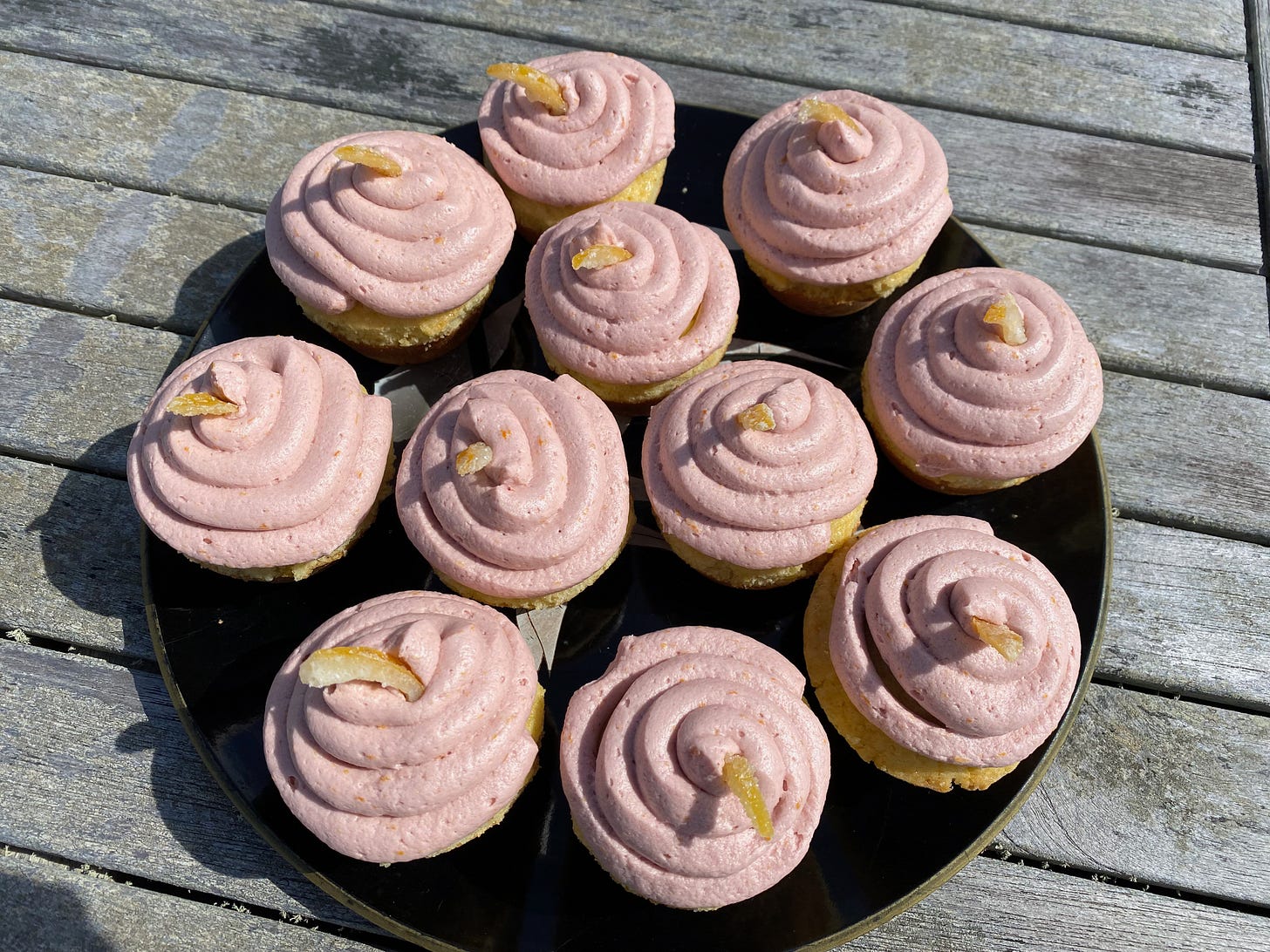
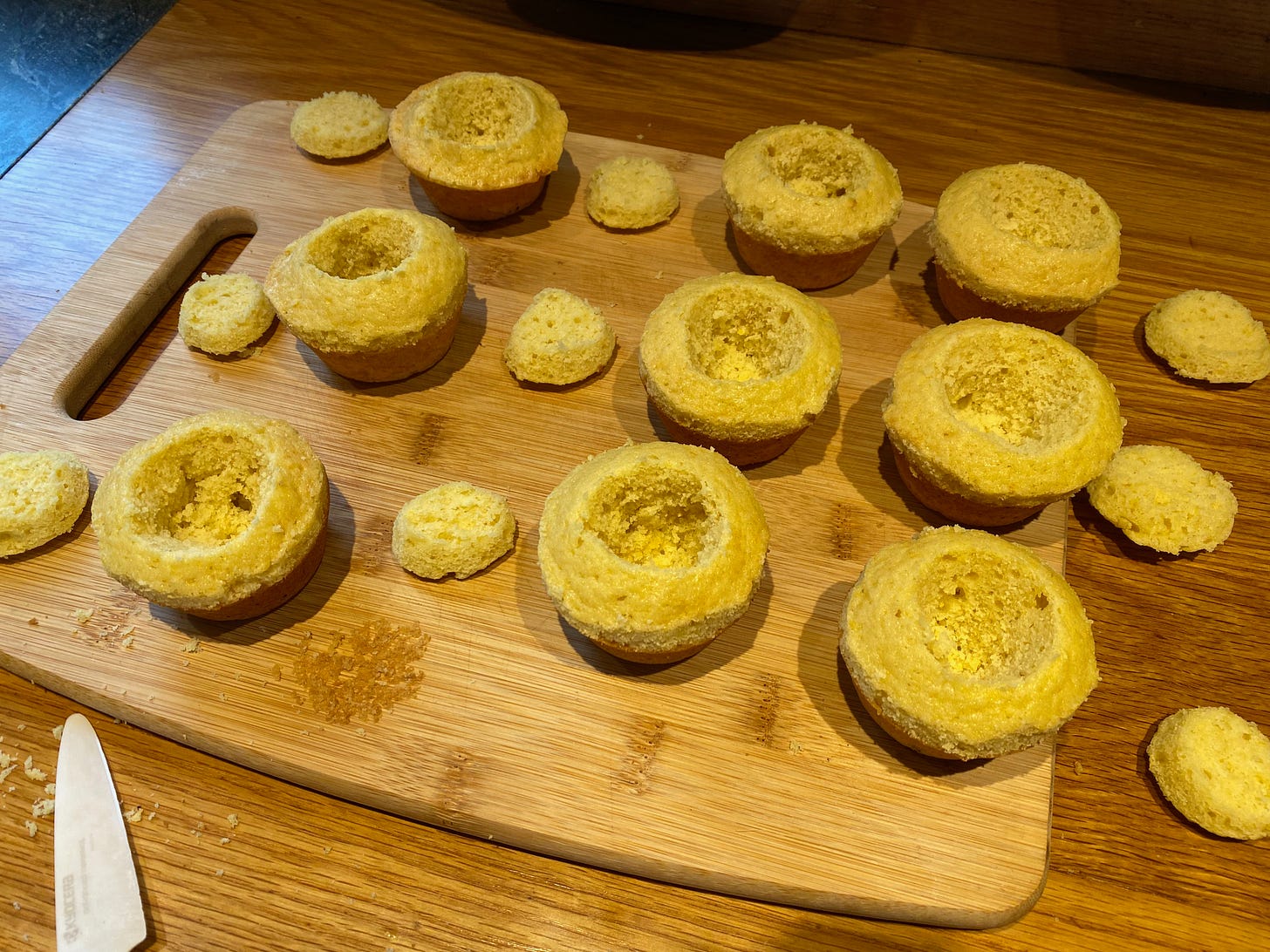
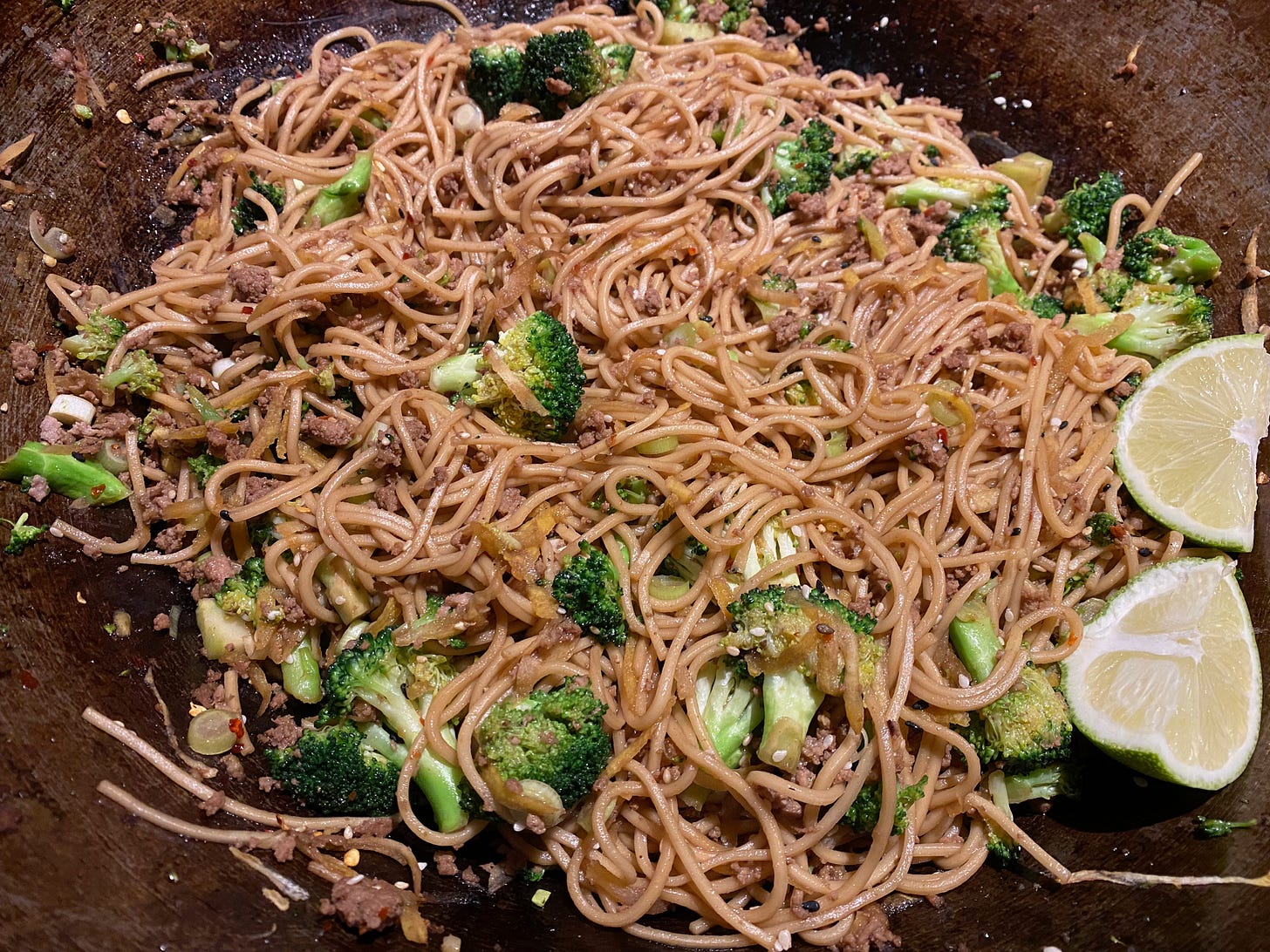
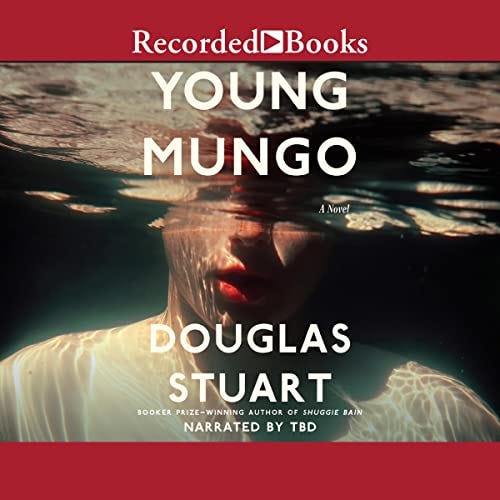
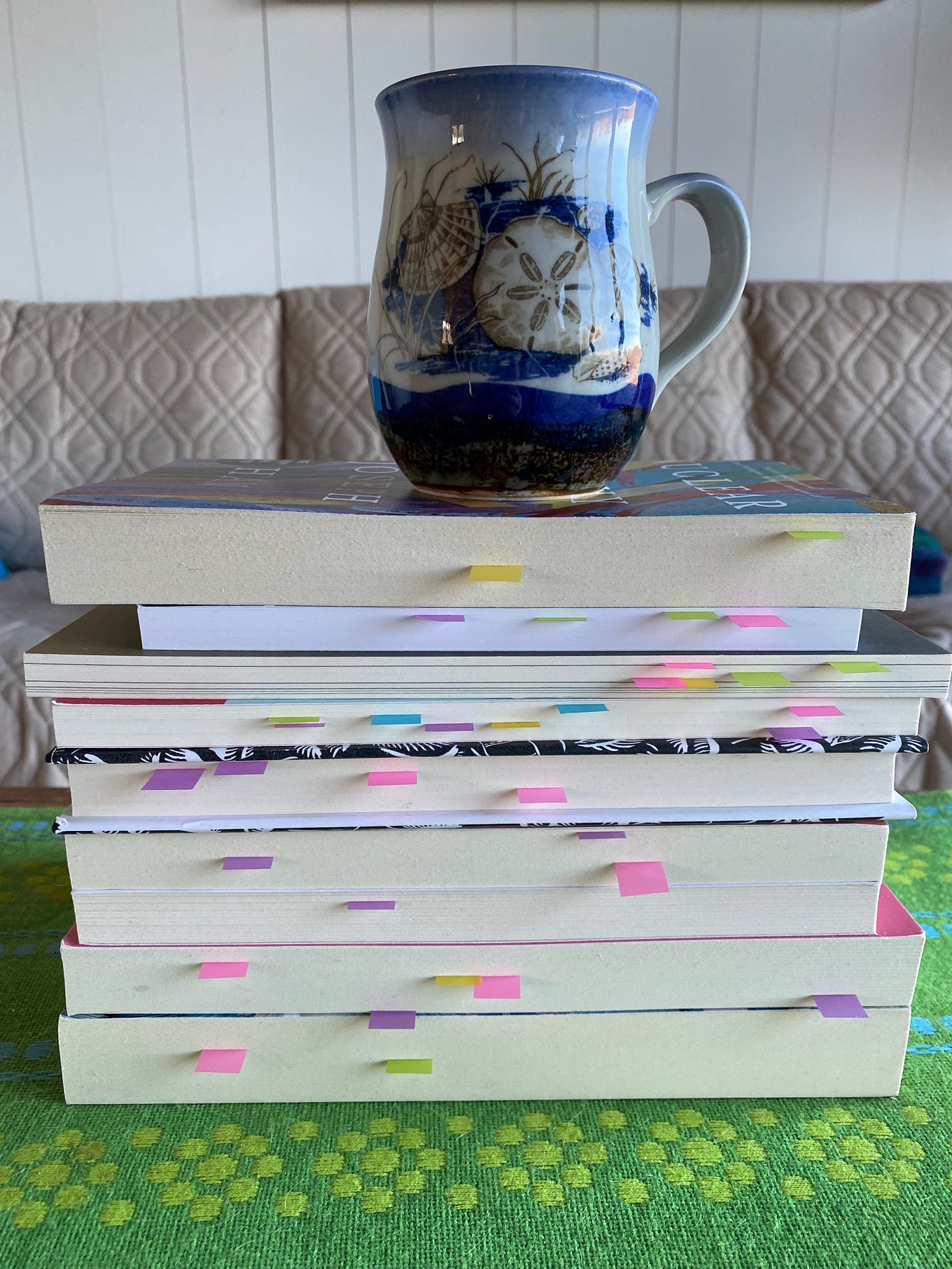


love these photos of Nessa! Smiths point?